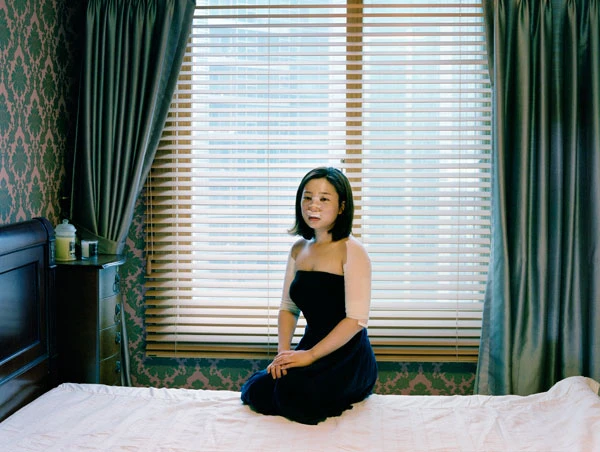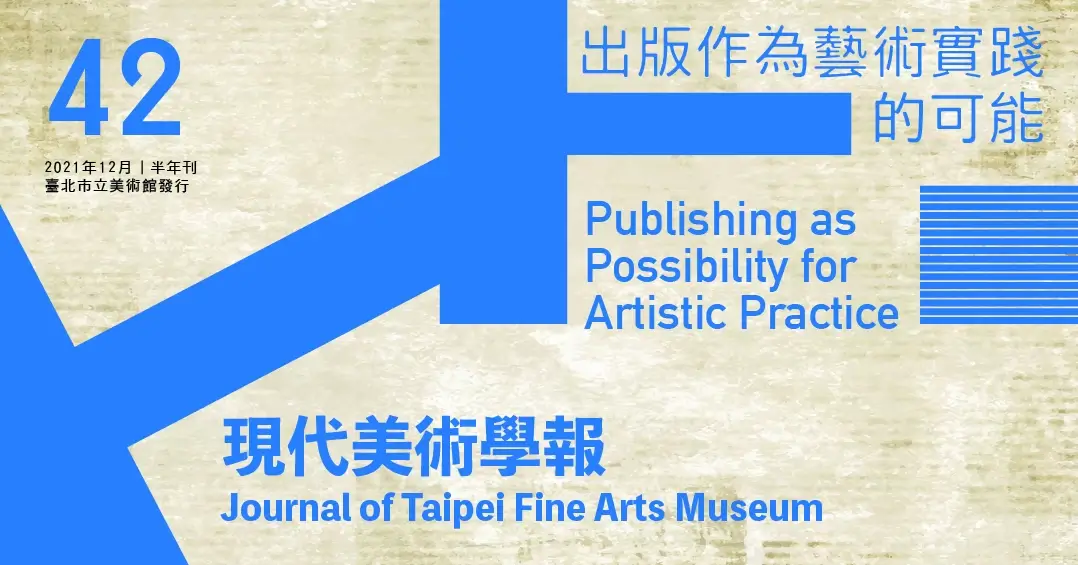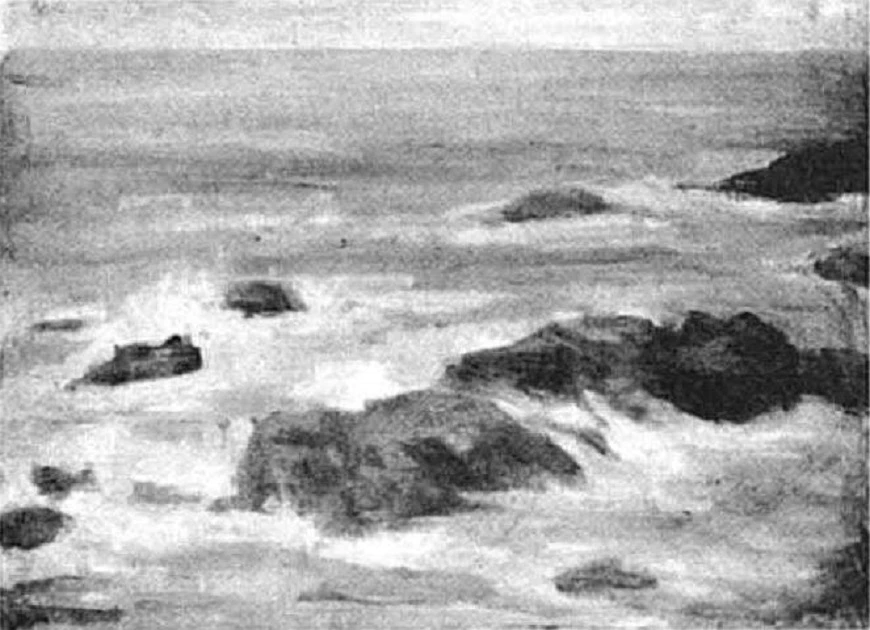摘要
2018年國際博物館協會(ICOM)以「超連結博物館:新方法、新公眾」 (Hyperconnected museums: new approaches, new publics)為命題,皆是當代藝 文館舍與科技介入的未來。早期,科技被美術館當成工具,利用其科技特質,以數位形式重現典藏品的風華,並重塑文化展示機制。如今,在美術館2.0的概念開始,新媒體與數位科技導入到美術館已經成為全球美術館發展的趨勢。一方面應用展示科技的互動性、數位性與新穎性,拉近了館舍 與參觀者間的距離,使得美術館有更生動的呈現方式;另一方面,數位形 式藝術創作的多元性、能動性與開放性,也成為挑戰傳統白色方塊(white cube),甚至是黑盒子(black box)的建築空間。例如:大英博物館(British Museum)於2015年推出「虛擬實境週末」(Virtual Reality Weekend)活動, 率先採用虛擬實境新展覽科技,邀請觀者戴上Samsung Gear VR裝置,瞬間進入3500年前的青銅器時代,面對一座大門敞開的圓頂屋,觀者可以自由進入並近距離觀看3D掃描的青銅文物,耳畔還有柴火燃燒與鳥鳴,這次大英與三星集團的合作在短短兩天就吸引超過1200人次來訪,成效卓著。
在這波趨勢之下,台灣的國立故宮博物院、台北市市立美術館、國立台灣美術館等大型館舍也紛紛引進新媒體藝術或科技藝術類型的展覽,期盼以新型態的藝術展演,重塑美術館的特質。由此,美術館與科技之間的共生關係已不言而喻。有鑑於此。本期專題以巨觀的「美術館與數位科技」為命題,探討當代新媒體數位科技與美術館的共生關係。本期共收錄兩篇主題徵稿文章,鄭欣昀的〈重演儀式與解構官方歷史―許家維《鐵甲元帥》及其策略(20122016)〉以英文書寫,探究許家維在其結合影像、文字與裝置所創製出的三部曲中反映出的當代藝術民族誌轉向,透過作品分析鏈結區域文化網絡連結的思考路徑。李昞燁的〈關於繪畫衍生層的實踐與省思:像素介面與風格轉移〉從科技藝術的視角出發,討論繪畫在影像科技中的呈現,從中理解繪畫以光、像素、運算作為欣賞途徑的現象,並提出繪畫被影像科技所賦予之「衍生層」,書寫當今人類繪畫與影像介面不可逆的相互依存關係。
此外,在一般徵稿方面亦收錄兩篇文章,分別針對攝影與雕塑進行個別藝術家創作脈絡的探析。呂筱渝的〈母職的煉金術:汪曉青攝影作品析論〉從汪曉青的攝影創作出發,分析其將母親繁衍與撫育的生命創造意義,拓展至藝術領域的創造,也將單向的(母生子)生產,轉變成雙向的(母與子)衰老與成長之間的映照、消長、循環的生命敘事歷程。而張晴文的〈以「間距」思維探求自然之道:薩璨如雕塑創作研究〉則以薩璨如1990年代之後的創作為對象,解析其創作中的「東方意識」,透過法國學者朱利安(François Jullien)所提出的「間距」思維,區辨薩璨如的創作觀與台灣抽象雕塑論域中強調身分認同的東方化論述之差異,並論述其創作中「東方意識」的內涵。
總體而言,儘管本期的專題徵稿在文章主題與數量上無法巨觀地映射出美術館與科技間的複雜關係,但仍可提供讀者在不同面向上的思考。
Abstract
In 2018, the International Council of Museums took "Hyperconnected Museums: new approaches, new publics" as its theme, which the future engaged with contemporary art and cultural institutions and technologies. In the early days, art museums considered technologies a tool, taking advantage of its characteristics to represent museum collections' splendor in digital form, and reshape the cultural presentation mechanism. Today, at the onset of museum 2.0, the introduction of new media and digital technologies into museums has become a global trend in museums' development. On the one hand, the interactive, digital, and novel applied display technology has shortened the distance between museums and visitors, allowing museums to present more vividly. On the other hand, the diversity, dynamism, and openness of digital artistic practices have become architectural spaces that challenge traditional white cubes and black boxes. For instance, the British Museum launched the "Virtual Reality Weekend" in 2015, adopting virtual reality technology in exhibitions. When visitors wore the Samsung Gear VR, they were immediately transported to the Bronze Age, 3,500 years ago. Facing a dome with an open gate, visitors can enter the space and see the 3D-scanned bronze artifacts closely, hearing the wood-burning and birds chirping. The collaboration exhibition between the British Museum and Samsung attracted more than 1,200 visitors within just two days, which was significantly successful.
Under this trend, major museums in Taiwan, such as the National Palace Museum, Taipei Fine Arts Museum, and National Taiwan Museum of Fine Arts, have introduced new media art or technology-based art exhibitions, aiming to reshape museums' characteristics with new types of art exhibitions. Therefore, the symbiotic relationship between art museums and technology is apparent. This issue will take "Art Museums and Digital Technology" as its theme to explore the symbiotic relationship between contemporary new media, digital technology, and art museums. Two thematic articles are included in this issue: "Reenacting Rituals and Subverting Official Histories - Chia-Wei Hsu's Marshal Tie Jia and Its Strategies (20122016)," written by Cheng Hsin-yun in English, explores the ethnographical turn in contemporary art reflected by Hsu Chia-wei's trilogy works, which integrate images, text, and installations. Through work analysis, the author investigates approaches that connect regional cultural networks by analyzing Hsu's works. From the perspective of technology-based art, Li Ping-yeh discusses the representation of paintings in image technology in his "Experiments and Reflections on Painting's Derivative Layer: Pixelinterface and Style Transfer" Li tries to interpret the phenomenon that we appreciate paintings through light, pixels, and algorithms and proposes the notion of "Derivative Layer" given to paintings through image technology, writing about the irreversible interdependence between today's paintings and image interface.
Besides, two articles are included through a general open call and analyze individual artists' creative process in photography and sculpture, respectively. In Lu Hsiao-yu's "The Alchemy of Motherhood: An Analysis of Wang Hsiao-ching's Photographic Works," she looks at how Wang Hsiao-ching expands the creative significance of mothering and nurturing to creative artistic practices. Lu also turns the one-way birth (mother to child) to a mutual (mother and child) life narrative process of reflection, growth and decline, and cycle of aging and growth. Chang Ching-wen analyzes the "Oriental consciousness" in Cynthia Sah's works after the 1990s in "Exploring the Way of Nature through the thinking of 'L'écart': An Analysis on Cynthia Sah's Sculpture." With "l'écart" (the gap) proposed by French scholar François Jullien, Chang aims to distinguish the difference between Sah's view of creation and the Orientalized discourses emphasizing one's identity in Taiwan's abstract sculpture; from there, Chang discusses the intention of the "Oriental consciousness" in Sah's works.
To sum up, although the limited amount and topics of articles in this issue cannot reflect the complicated relationship between art museums and technology on a large scale, they can still provide a different perspective to the readers.






